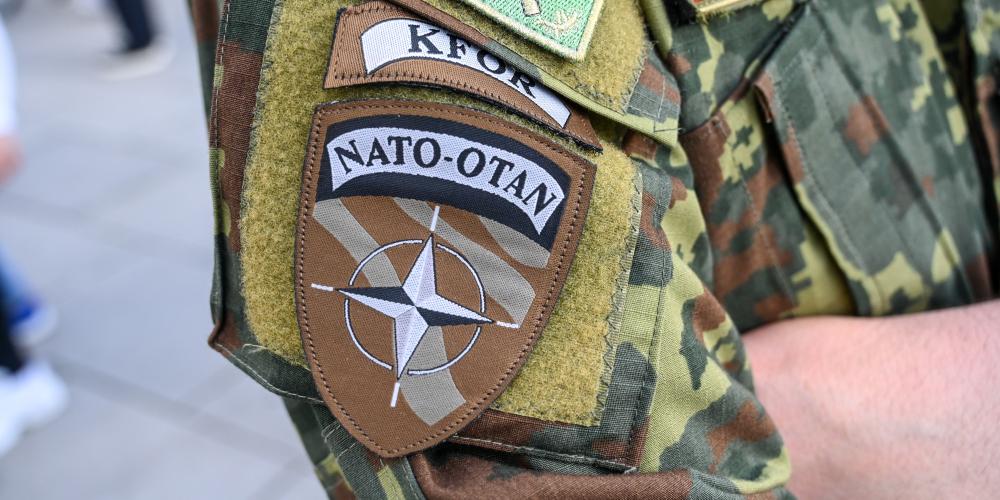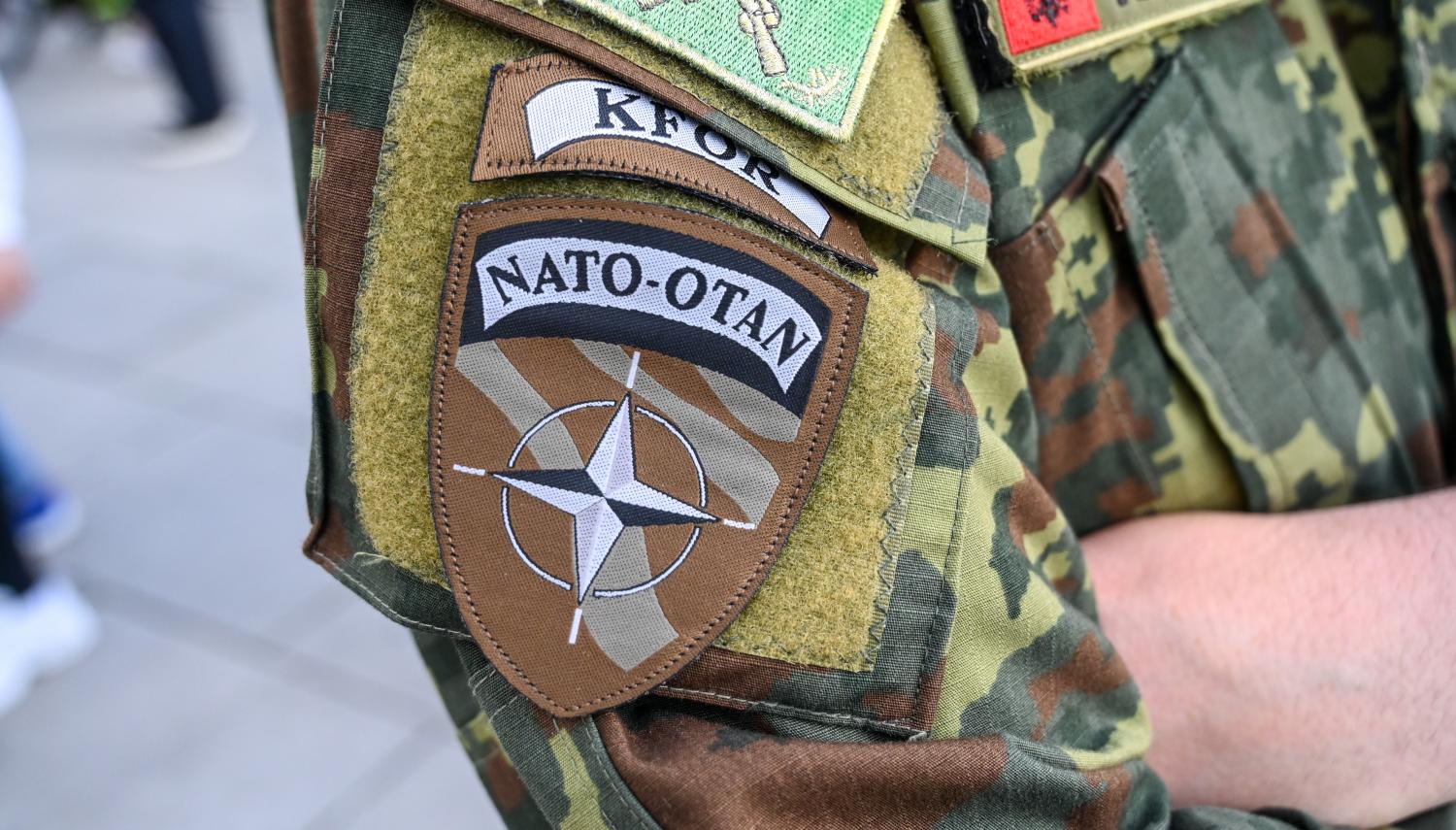

The second term of Donald Trump as President of the United States has reignited the debate on whether Europe can defend itself without American military support. While the US has formally reaffirmed its commitment to NATO, recent policy statements increasingly stress that Europe must assume “primary responsibility” for its own conventional defence. Simultaneously, a leaked Pentagon memo suggests that, in the event of Russian military aggression, the US may not provide significant conventional support to Europe. This raises pressing questions about whether the US will (gradually) retreat from its leading role in European defence.
In the Centre for Security, Diplomacy and Strategy (CSDS) Policy Brief 17/2025, VUB researchers Luis Simón and Lotje Boswinkel outline four scenarios for the future of US troop presence in Europe:
Europe Standing Alone:
A complete American withdrawal from Europe, including withdrawal from NATO and revocation of nuclear deterrence guarantees. This bleakest of scenarios could create a strategic vacuum and trigger fragmentation within NATO, with sub-regional clusters (such as the Baltic-Nordic region) assuming responsibility for their own defence.
Slimmed Down to the Bone:
The US remains engaged only as an “offshore balancer”. It retains the strategic nuclear umbrella and provides minimal support—such as maintaining the SACEUR position (Supreme Allied Commander Europe)—and limited maritime or intelligence assets, but largely withdraws its conventional forces.
Reduced but Strategically Significant:
The US maintains one or two brigades in Eastern Europe, retains its nuclear presence and critical command and reconnaissance capabilities, but transfers other command and defence tasks to European partners.
Status Quo Minus:
A moderate reduction, with US forces reverting to pre-2022 levels (approximately 20,000 fewer troops, relative to the post-Ukraine invasion build-up). This scenario preserves the current NATO command structure and the American nuclear deterrent.
In each scenario, the authors anticipate a decline in the US military footprint in Europe. The key question is: to what extent? The more substantial the American withdrawal, the more profound the consequences—particularly in three critical areas: command structures, nuclear deterrence, and conventional warfare.
“The US currently provides essential leadership via SACEUR and six of NATO’s eight command structures. In less disruptive scenarios, European nations could progressively assume more responsibilities within the NATO framework. However, the greater the American retrenchment, the more likely command fragmentation becomes, with possible shifts towards sub-regional clusters. The Baltic-Nordic region appears relatively well-prepared, with the United Kingdom as its natural leader. This is more problematic in less cohesive regions such as the Mediterranean or the Black Sea.
A reduced American role could create a credibility gap, both in terms of deterring Russia and reassuring NATO’s eastern members. Even under the least severe scenarios, additional European efforts will be required. France and the UK may need to expand or adapt their nuclear arsenals, though they would not be able to fully compensate for a total American departure.
Europe will also need to invest heavily in its own ISR capabilities (Intelligence, Surveillance and Reconnaissance), long-range weapons, missile defence, and large-scale deployability without US support. While some degree of technological dependence on the US will remain inevitable, European countries must make strategic choices: where should they duplicate American capabilities, and where should they merely supplement them?
“A robust European deterrence architecture demands active preparation,” Simón and Boswinkel conclude. “The current ‘status quo minus’ scenario must be rejected as wishful thinking. European policymakers should aim for a scenario in which US presence is reduced but remains strategically significant—while simultaneously preparing for the worst-case scenario: a fully post-American Europe.”
Further information:
Luis.simon@vub.be
Lotje.boswinkel@vub.be
Consult our list of experts here: https://www.vub.be/nl/nieuws/vub-expertenlijst-geopolitiek